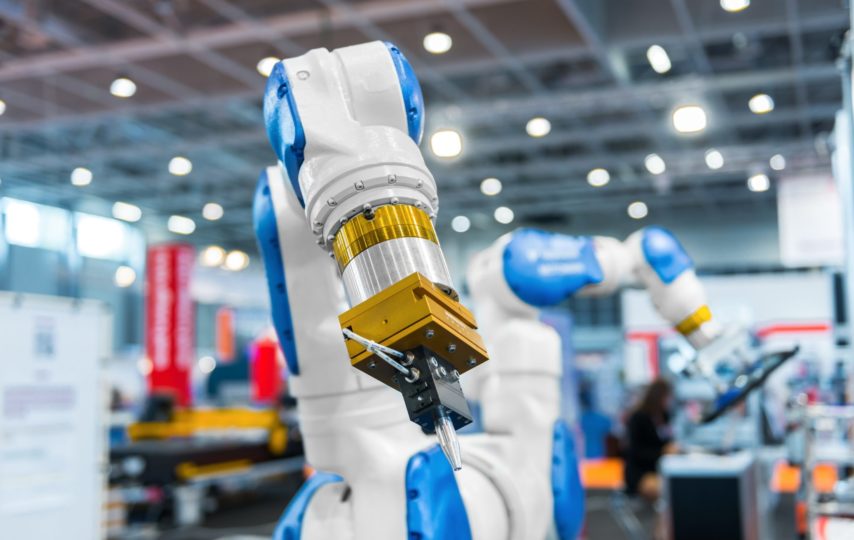For a company to stay competitive on a global scale and still be able to help fill in the skill gap left in automation, it has to do several key things. These include using robotic machine tending to improve an existing automated production line.
What is machine tending?
In lay man’s terms, machine tending can be defined as overseeing a robotic machine while it performs a task. It is also the process of loading raw materials into a machine and then unloading finished parts out of the machine. Machine tending typically involves computers with numerical control commonly known as CNC machines. However, this should not be confused with robotic material handling because the tending of machine involves a more complex process.
Most times, there needs to be communication between the robotic system and the CNC machine and also the performance of various functions in one application. A great automation solution for such applications tend to be industrial robots. This is because they not only speed up the process of production but also increase productivity thus saving costs for both the company and the customers.
With that in mind, machine tending can be a dangerous and mundane task which requires high levels of consistency. Therefore, it is critical for a company to invest in robots especial in this day and age. Additionally, integration needs to be done right the first time around.
How it works
At present, machine tending is done by humans in most factory floors. The human workforce is being used to load and unload machines as well as restarting the program once they are done with the finished part. Since this kind of work is mostly dull and repetitive, finding qualified workers is proving to be difficult day by day. Therefore, businesses are trying to introduce robots into their factories to counter this problem.
Machine shops where industrial robots load raw materials is among the most popular application of machine tending. Once the machine executes its program, robots unload the finished parts before loading it with other raw parts. Therefore, assuming the machine produces quality parts and that the robot is able to continually receive these parts, this process can be done in a loop very many times.
Since machine tending may involve dirty and dangerous work, it requires the consistency that only robotic machines can provide thus replacing human interaction in moving products from a supply position, taking it to a machine, position it and then have interactions with the machine.
Applications for machine tending done by robots
Typically used for loading and unloading parts, here are some of the common applications for robotic machine tending:
- Welding
- Injection molds
- Stamping, punching, trimming and forging
- Grinding
- Compression molds
- Milling and turning
While loading and unloading parts and materials is the common function of robotic machine tending, the specific processes done in the above applications is different.
Reasons to consider robotic machine tending
When compared to the manual loading and unloading of parts as well as specific applications or processes, robotic machine tending has various benefits including improvement of accuracy, repeatability and uptimes. A robot is able to accomplish the exchange of parts at a faster rate and in a more precise manner compared to a human worker. Ultimately, this results in increased machine utilization.
In addition, robotic machine tending improves the safety of human staff in the workplace, minimizes waste and reduces overall errors which leads to an increase of throughput because of less downtime.
Even though robots don’t need shifts or breaks, keep in mind that they require regular maintenance meaning they will need to stop periodically to get checked. However, they still provide a much higher up-time when compared to manual labor because of their continuous throughput boost. Because of robots, production costs are lower and companies are saving space while the machines enable them to advance their automation process.








